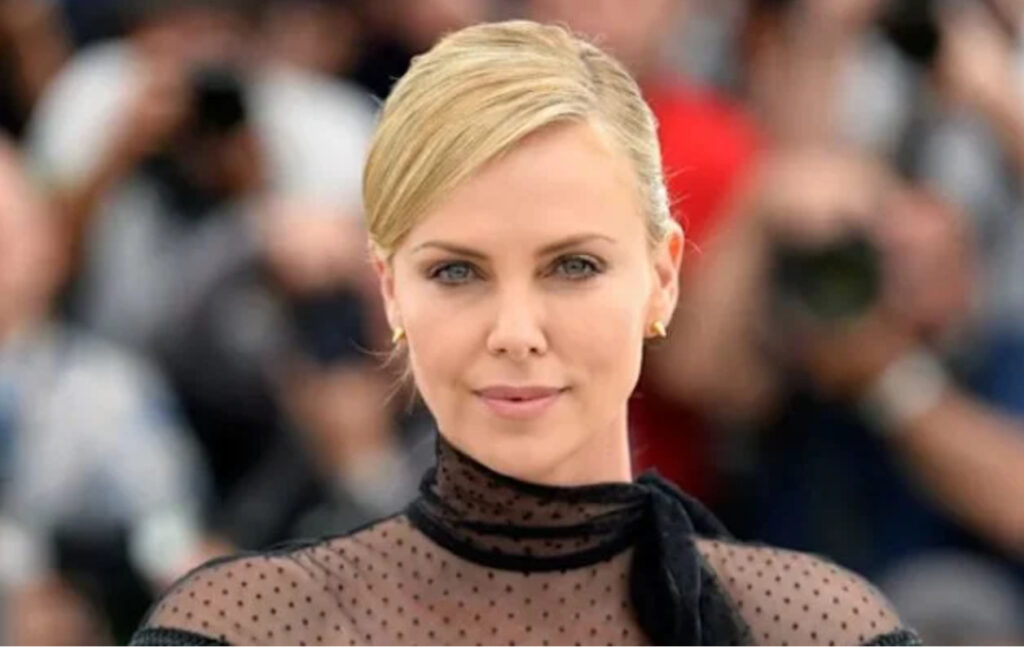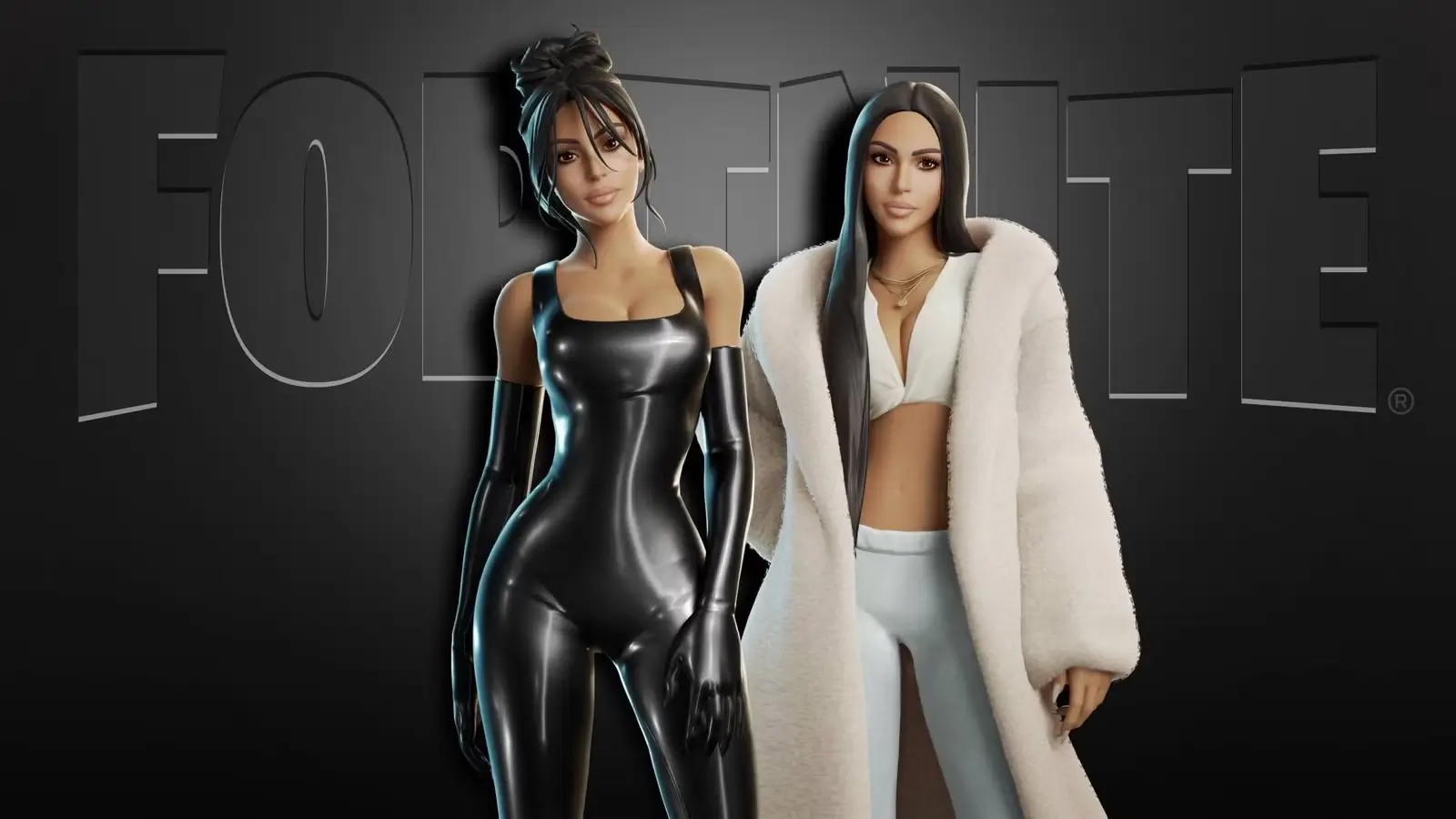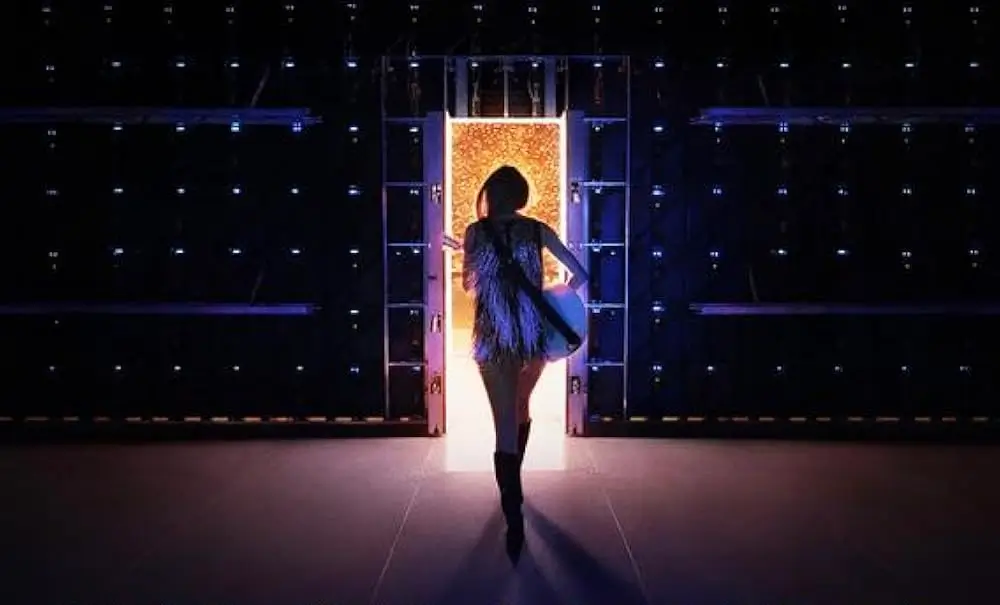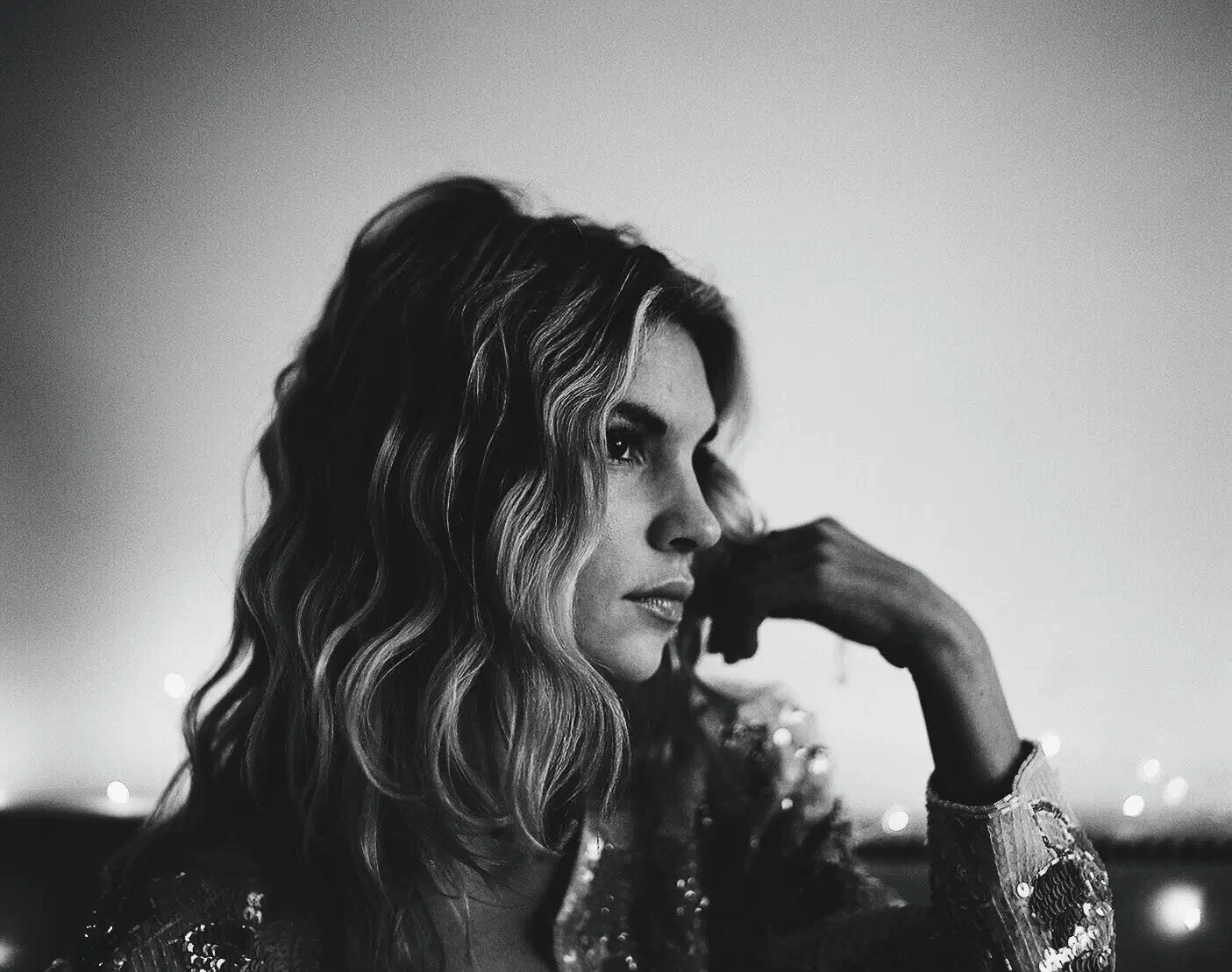Charlize Theron is not just a Hollywood star; she is a phenomenon, a shape-shifter whose presence permeates the seemingly separate realms of cinema, activism, and high fashion. Whether on screen breaking bones with balletic precision in The Old Guard, or walking into Jimmy Kimmel Live! wearing a sheer black maxi skirt beneath a sharply tailored blazer, Theron wields her aesthetic choices and performance roles as intertwined weapons—disrupting expectations and rewriting rules for women over 40 in both industries.
As Netflix prepares to release The Old Guard 2, and as her fashion choices generate real-time cultural discourse, Theron remains emblematic of the new kind of Hollywood woman: unafraid, uncompromising, and uninterested in adhering to traditional boundaries. This editorial traces the arc of her evolving style, her expanding cinematic legacy, and her continued refusal to be contained by industry archetypes.
The “Boss Femme” Look on Jimmy Kimmel Live!
When Theron stepped onto the Jimmy Kimmel Live! stage earlier this year, she ignited a digital fashion wildfire. She wore a black tailored blazer—a classic menswear cut that spoke of strength—paired with a daringly sheer, flowing maxi skirt that caught the studio lights like a shadow in motion. The look balanced two energies: the crisp confidence of suiting and the vulnerable allure of transparency.
Styled with severe pointed-toe heels, her hair slicked back in a high-shine low bun, and minimal jewelry, the outfit screamed deliberate restraint. Vogue called it “a masterclass in juxtaposition,” and rightly so—Theron had taken a risk that no longer felt like a risk, but a declaration: femininity and forcefulness are no longer opposites.
The sheer skirt, often a red carpet staple for ingénues and pop stars, found new gravity on Theron. She imbued it with maturity, irony, and sharp timing. It wasn’t about showing skin; it was about revealing power in unexpected ways.
The “C’nty Bob” and Shaggy Mullet: Hair as Character
While her wardrobe sends coded messages, Theron’s hair choices are blunt instruments of transformation.
For the Old Guard 2 press circuit, she debuted a sharp, chin-length bob with crisp ends and deep side-parting, dubbed online as the “c*nty bob”—a Gen Z term of endearment that connotes cool defiance. Matched with smoky eye makeup and pale lips, the look recontextualized power: this was not “youth reclaimed,” but grown-woman authority channeled through a razor-edge cut.
But just as the bob gained traction, Theron was spotted filming scenes for an upcoming non-Netflix project with a radically different look: a shaggy mullet tinged with grunge sensibility. Unkempt, daring, and purposefully unbeautiful, it reminded fashion watchers and film fans alike that she isn’t here to please anyone’s sensibility—least of all Hollywood’s.
Both haircuts reflect what has made Theron a fashion and cultural icon in the 2020s: an unapologetic ability to oscillate between the polished and the feral, the structured and the wild. Fashion, for Theron, is an extension of character—on and off screen.
The Old Guard 2: Returning to Immortality
Released during the heart of pandemic-era lockdowns, The Old Guard (2020) became one of Netflix’s most streamed original films. It was more than an action flick—it was a meditation on mortality, loyalty, and the loneliness of eternal life. Charlize Theron, as Andromache of Scythia (Andy), anchored the film with stoic, steel-eyed gravity. Her portrayal brought nuance to a genre that often sidelines emotional depth for pure spectacle.
As the world began to open up again, fans began to speculate about a sequel—and now, The Old Guard 2 is poised to deliver an even more ambitious chapter.
In the first trailer for The Old Guard 2, Andy is shown wandering through a dense Italian forest, her battle axe sheathed across her back, her face dirtied but determined. The sequel is clearly going bigger: more global locations, more emotionally complicated storytelling, and a formidable new foe played by none other than Uma Thurman.
Thurman, cast as a former immortal turned adversary, brings a Tarantino-honed intensity that matches Theron’s physicality beat for beat. Their teased fight scene—in a crumbling, candlelit cathedral—is already being dissected by fight choreography fanatics online. The pairing is not just star power for its own sake; it’s a meeting of two women who have helped redefine female action cinema.
Returning cast members KiKi Layne (Nile), Matthias Schoenaerts (Booker), and Marwan Kenzari (Joe) deepen the film’s emotional world, which centers less on spectacle and more on what it means to live forever in a world that constantly forgets you. Early buzz points to a scene-stealing performance from Layne, whose character continues to struggle with the responsibilities of immortality.
Representation in Action
One of the most overlooked yet impactful aspects of The Old Guard was its inclusive casting—racially diverse, queer characters, each fully formed and narratively crucial. Theron, who also serves as a producer, fought to ensure that The Old Guard 2 would deepen those commitments rather than dilute them.
Andy’s bisexuality remains intact, Layne’s role is expanded, and a subplot involving Joe and Nicky (played by Kenzari and Luca Marinelli) reportedly takes center stage in a harrowing mission sequence set in post-war Syria. Theron’s production company, Denver and Delilah, is once again co-producing, helping to maintain creative control over the narrative’s direction.
The Monster Blueprint
With her 2003 performance in Monster, Theron won the Academy Award and instantly redefined herself as more than a beauty with screen presence. She became an interpreter of damage, power, and moral ambiguity. It was her first major risk, and it paid off—earning her not just accolades but the right to demand more from Hollywood.
Expanding the Roles of Women in Action Cinema
Theron has made no secret of her frustrations with the male-dominated action genre. As she told The Hollywood Reporter in 2022, “Women aren’t just sexy sidekicks or damsels in distress. We can run the whole damn movie.” She backed up that assertion in Atomic Blonde, where she performed many of her own stunts, and in Mad Max: Fury Road, where her portrayal of Furiosa arguably upstaged the titular Max.
These films, along with The Old Guard, form a body of work that has redefined the expectations for women-led action. What’s more, Theron continues to advocate behind the scenes for improved stunt training and higher pay for women in these roles.
Denver and Delilah: Production With Purpose
Theron’s production banner, Denver and Delilah, has become an incubator for challenging stories: Bombshell tackled systemic sexual harassment in media; Tully offered a searing look at postpartum depression. Rather than churn out predictable vehicles, her company has become known for risky, often genre-defying work.
In a cinematic landscape dominated by IPs and reboots, Theron is helping steer the conversation back to original stories and character-first narratives—without sacrificing commercial viability.
Activism Without Apology
Theron’s public work does not stop at the frame. She has long served as a UN Messenger of Peace, advocating for HIV/AIDS education and awareness in sub-Saharan Africa, particularly through her foundation, the Charlize Theron Africa Outreach Project.
She has also been vocal about the need for representation not just in film but in philanthropy. Theron has repeatedly argued that global health initiatives must be culturally specific and locally led, rather than dictated by Western institutions. Her activism is neither performative nor seasonal—it is lifelong and deeply rooted in her South African heritage.
Her feminism, too, is unflinching. She has spoken candidly about gendered ageism, single motherhood, and the false binaries Hollywood often imposes on women. In a recent interview with Elle, she remarked, “We’re not one thing at a time. We’re messy, layered, contradictory. That’s where the truth lives.”
The Future is Female, and She’s Leading It
Charlize Theron’s career is not a climb—it’s a series of detonations. She blows up expectations, claims the debris, and builds again. In an industry still obsessed with youth, certainty, and legibility, she offers something far more powerful: reinvention on her own terms.
No comments yet.








